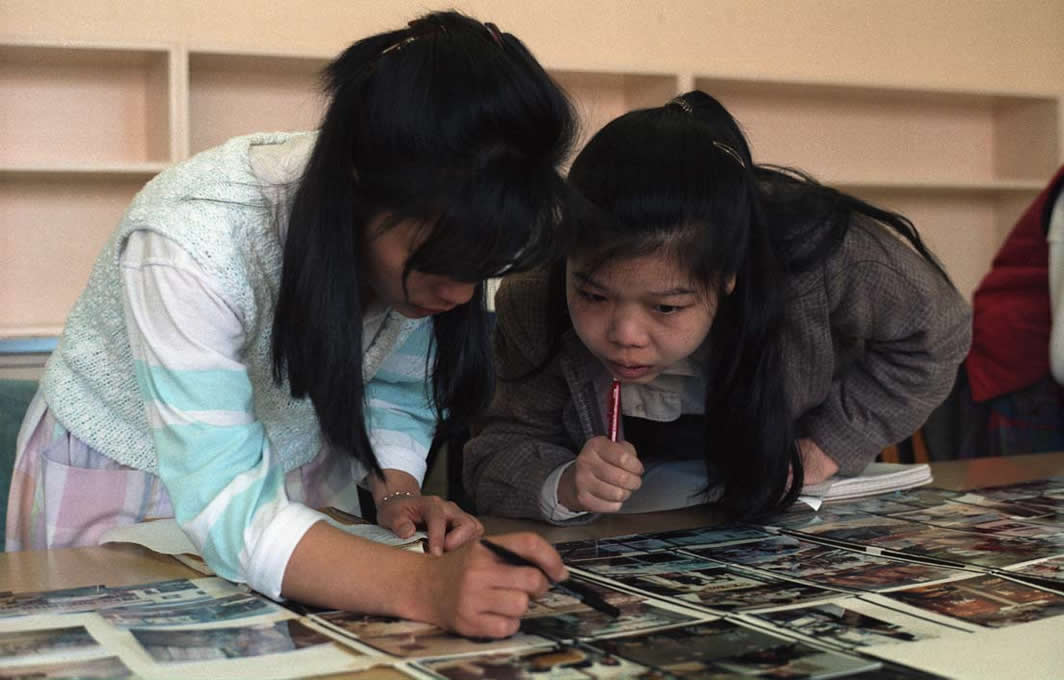Possibilities for Images in Asian American Studies: A summary of potential uses of photographic and video images in Asian American Studies.
Keys to Making Photographs as Records: The basic methods or steps for using the camera to make visual records as data.
Guide for Observation of an Urban Neighborhood: An observation guide to assist in photographic surveys of urban locales.
Guide for Analysis of Images: An outline defining steps in the analysis of visual images from preliminary stages to conclusions.
Chinatown 2017: Continuity and Change, llustrated monograph/report and related photo exhibit regarding continuities and changes inSan Francisco Chinatown from 1982 through 2017. Research largely based on photographic records of Chinatown.
"Nonverbal Factors in Classrooms with Chinese American Students: Distance, Space, Time." A summary of selected findings from a larger visual research project that examined nonverbal communication in Cantonese bilingual classrooms in San Francisco in the 1970s and 1980s. An example of conclusions produced from detailed visual analysis of film records. (PDF)
A Film Study of Classrooms in Western Alaska by Malcolm Collier. A mongraph reporting on detailed analysis of nonverbal communication in schools located in two Yup'ik villages and a regional center in the Koskoquim River region of western Alaska in 1969. The link takes you to the text on the web site of the Alaska Native Knowledge Network at the University of Alaska, Fairbanks.
A True History of Photography: A light account of the history of the medium. (PDF)
|
